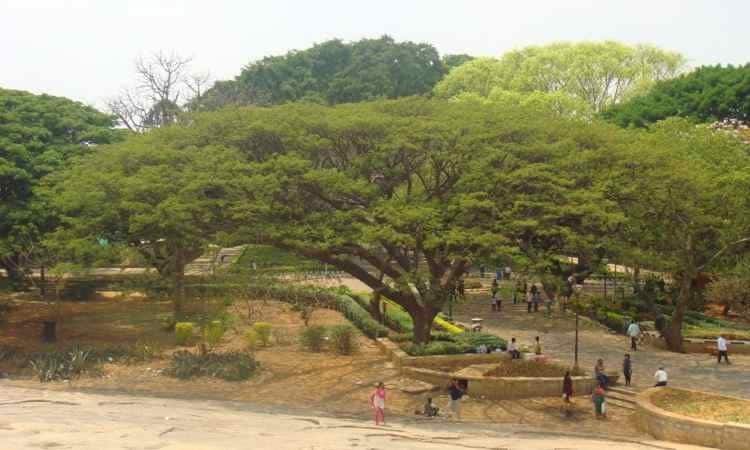Air pollution adversely affects the quantity and quality of food grown in cities. However, the capacity of trees to remove major air pollutants might well provide an efficient solution for urban gardeners.
According to a study published in the International Journal of Sustainable Development and World Ecology, the problem of air pollution is more intense for food grown in cities in developing countries. Unfortunately, this is precisely where urban agriculture often plays a major role in feeding people.
While sulphur dioxide (SO2) and coal smoke have drastically been reduced in post-industrial countries, their concentrations remain very high in the developing world. Other pollutants linked to motor traffic including nitrogen oxides (NOx), ozone (O3), and fine particulate matter (PM10) are also more prevalent in developing countries due to “poorly tuned engines and lack of emission controls,” report the authors of the study.
The study highlights an experiment in India on mung bean, palak (Indian spinach), wheat, and mustard planted near small-scale industries and a major highway. It shows reductions of crop yields to 73 percent, 40 percent, 25 percent, and 20 percent compared to the plants that grew in a residential area.
Analyses indicated a loss in nutritional quality as well, with both sulphur dioxide (SO2) and nitrogen dioxide (NO2) concentrations reducing the amount of sugar and starch in the harvest.
A solution to these problems might come from trees, according to a study published in the Urban Forestry and Urban Greening Journal carried out on the Beijing urban forest. The study shows that trees can play an important role in removing air pollution.
In 2002, the 2.4 million trees in the central part of Beijing removed 1,261.4 tons of air pollutants, mainly coming from motor traffic. In addition, trees absorbed 224,000 tons of carbon dioxide (CO2), which approximately equals the emissions of 40,000 average cars during a year.
However, the capacity of trees to remove air pollutants varies depending on the species, the season, or the size of the tree. Indeed, trees with larger diameter and wider canopy intercept more air pollutants. And, during winter the species, that loose foliage are lest efficient than conifers.
For these reasons, despite the lack of local measurements on individual trees, researchers from the University of California at Berkeley and the Chinese Academy of Forestry Science suggest that the amount of air pollution may vary within the city itself due to the absence or presence of trees and the variety of the species.
For urban gardeners, it means that trees have the potential to provide healthier environments for their crops, helping in providing better yields and more nutritious food, and diminishing pest infestations.















